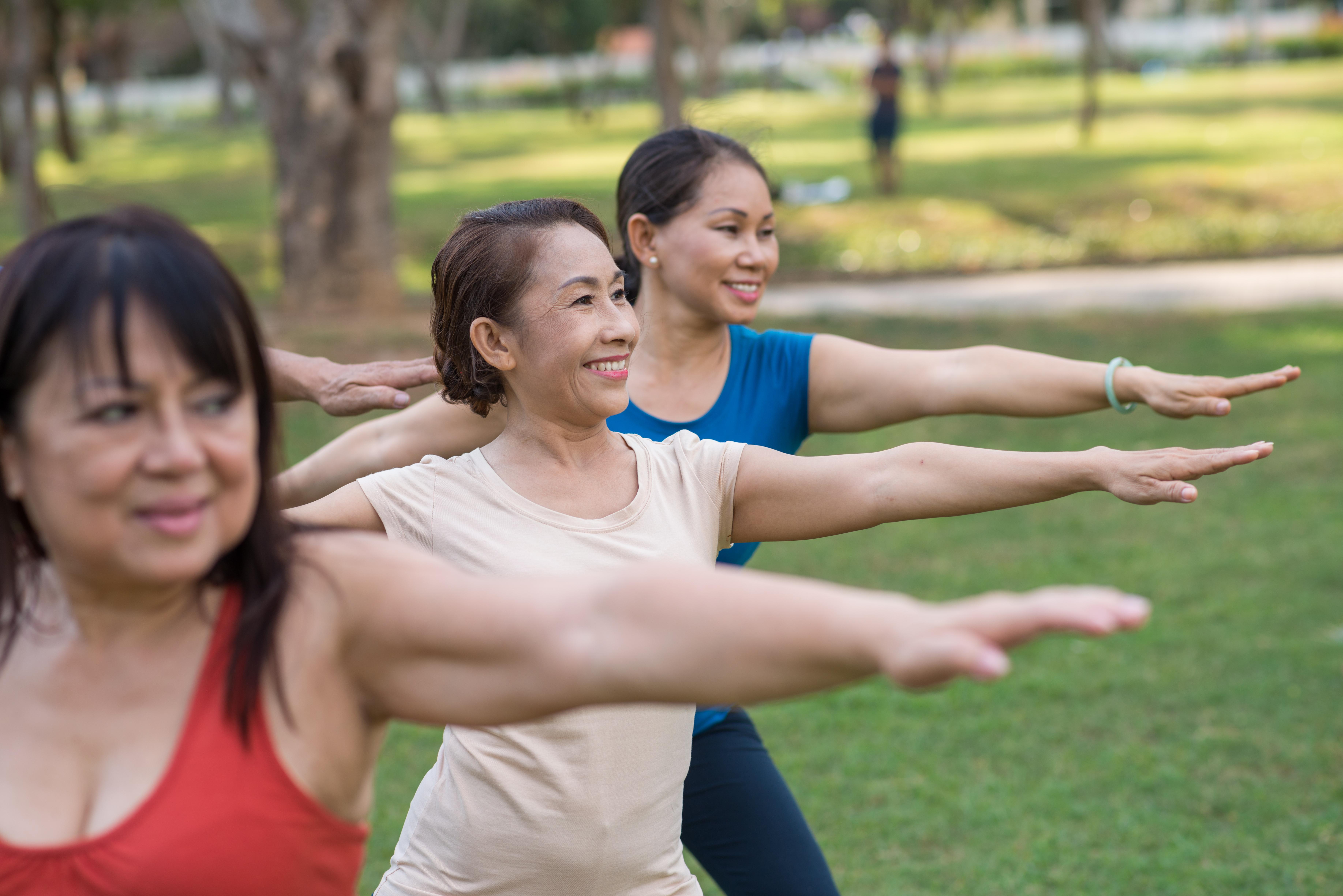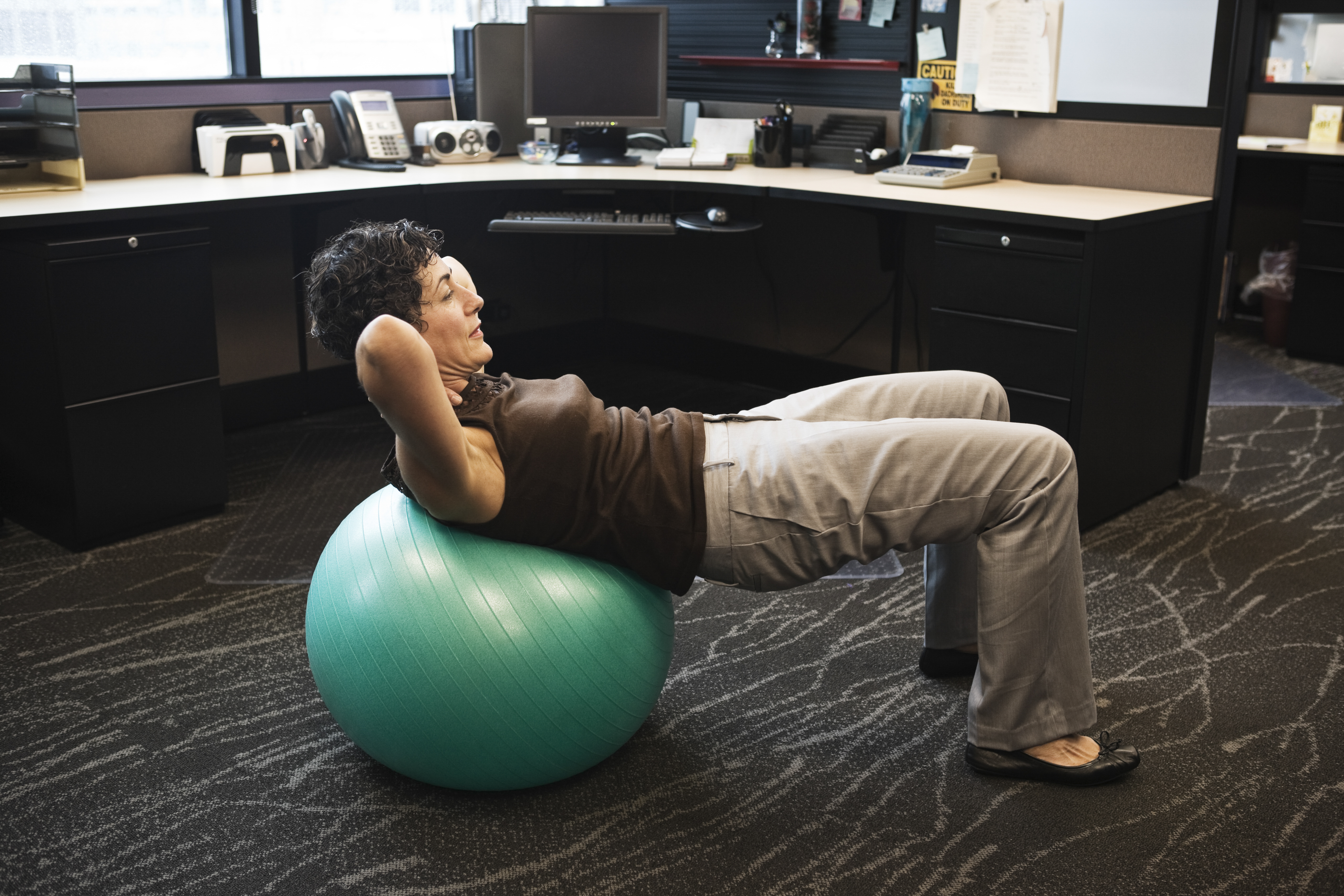10 Energizing Ways to Add Physical Activity to Your Daily Routine
In today's fast-paced world, finding time for physical activity can seem daunting, yet its importance cannot be overstated. Incorporating exercise into daily routines not only enhances physical health but also boosts mental well-being. The modern lifestyle, characterized by long hours of sedentary work and digital distractions, has led to a decline in physical activity, making it imperative to find innovative ways to incorporate movement into our everyday lives. This article delves into energizing methods to seamlessly blend physical activity into your daily routine, ensuring it becomes a natural part of your lifestyle rather than a chore. By exploring diverse strategies, from micro-workouts to mindful movement, we aim to provide comprehensive insights that will empower you to transform your approach to fitness.
1. Understanding the Benefits of Physical Activity

Physical activity is a cornerstone of a healthy lifestyle, offering a plethora of benefits that extend beyond mere weight management. Regular exercise improves cardiovascular health, strengthens muscles, enhances flexibility, and boosts endurance. It also plays a crucial role in mental health, reducing symptoms of anxiety and depression while improving mood and cognitive function. Engaging in physical activity releases endorphins, often referred to as "feel-good" hormones, which create a sense of well-being and relaxation. Understanding these benefits can motivate individuals to prioritize movement, recognizing it as an investment in their long-term health and quality of life. Moreover, physical activity contributes to better sleep patterns, enhancing both the quality and duration of sleep. It helps regulate the body's internal clock, or circadian rhythm, promoting restful sleep and increased energy levels during the day. Additionally, regular exercise can improve immune function, reducing the risk of chronic diseases such as diabetes, hypertension, and certain cancers. By acknowledging these holistic benefits, individuals can appreciate the integral role that physical activity plays in fostering overall well-being, encouraging a proactive approach to incorporating it into daily life.
2. Micro-Workouts: Maximizing Time and Efficiency

Incorporating micro-workouts into your routine is an effective way to overcome time constraints and ensure consistent physical activity. These short, intense bursts of exercise can be completed in as little as five to ten minutes, making them ideal for busy schedules. Micro-workouts focus on high-intensity exercises that elevate the heart rate quickly, providing a cardiovascular boost and promoting calorie burn. Activities such as jumping jacks, burpees, or high-knee running can be performed at home or in the office, requiring minimal space and no equipment. The beauty of micro-workouts lies in their flexibility, allowing individuals to engage in multiple sessions throughout the day. This approach not only increases total daily activity but also helps maintain energy levels and focus. Research suggests that breaking up prolonged periods of inactivity with short bursts of exercise can improve metabolic health and reduce the risk of metabolic syndrome. By embracing micro-workouts, individuals can seamlessly integrate physical activity into their daily routine, overcoming the barrier of limited time and fostering a sustainable exercise habit.
